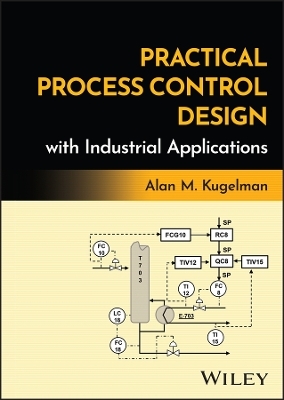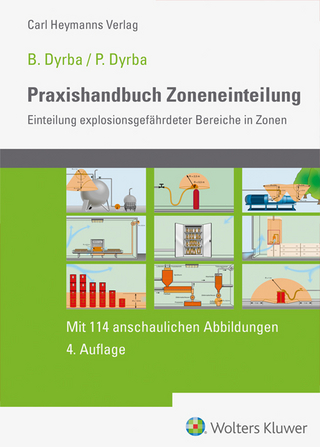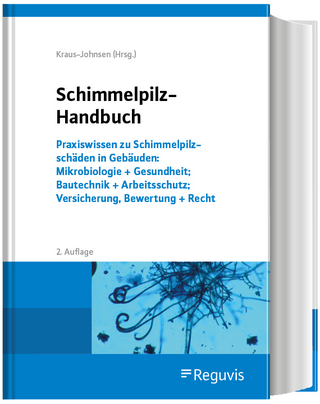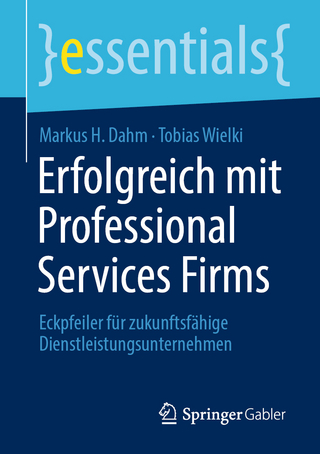
Practical Process Control Design with Industrial Applications
John Wiley & Sons Inc (Verlag)
978-1-394-24649-6 (ISBN)
Practical Process Control Design with Industrial Applications presents process control essentials and control strategy design fundamentals for modern-day DCS work environments. It uses a unique instructional approach—a process analysis and process understanding framework that enables readers to better understand and more effectively use process control fundamentals. Process analysis, operating objectives, and business drivers guide the identification of control objectives and facilitate control strategy designs of realistic control applications for real-world unit operations.
Filling a gap in the literature, coverage includes:
Merging process analysis, process understanding, and real-world plant operations with process control essentials and design fundamentals
Detailed discussion of real-world design issues and realistic process-specific control strategies
Methods used to ensure acceptable control performance continues when various “what if” issues arise
How process control design fundamentals are applied in important unit-specific control strategies
How best to apply specific control attributes (control direction), control options (PID proportional action), standard DCS functionality (algorithms and/or function blocks), and corporate or site standards (input signal validation) to develop control strategies that achieve control objectives with acceptable control performance.
Practical Process Control Design with Industrial Applications is an essential reference for control engineers and process engineers who support process control activities in an operating plant, DCS vendor control application specialists, and EPC company project engineers who support process control activities in capital projects.
Alan M. Kugelman, PhD, has more than 40 years’ experience in process control application design and implementation in capital projects, DCS migration projects and DCS modernization projects. Working for ExxonMobil Research and Engineering Company (Florham Park, NJ, later in Fairfax, Va.), he developed his process control applications design and implementation expertise during three onsite assignments at ExxonMobil sites in Europe and Japan. He then supported ExxonMobil control applications activities, in both refineries and chemical plants worldwide, from central engineering offices in Brussels, Florham Park, and Fairfax. He developed, and taught company-administered control application training courses to site control engineers worldwide.
Preface xiii
1 Process Dynamics and Process Control Overview 1
1.1 Introduction 2
1.2 The Role of Process Control 3
1.3 Tag Naming Conventions 4
1.4 Control Loop Essentials 7
1.5 Process Dynamics and Dynamic Responses 14
1.6 Plant Testing 25
1.7 Classification of Process Control Strategies 28
1.8 Benefits of Control Applications 41
2 Feedback Control Essentials 44
2.1 Introduction 45
2.2 Single Loop Control, Simple, and Complex Cascades 46
2.3 Digital Control System (DCS)Work Environment 50
2.4 PID Control Algorithm Basics 57
2.5 Noise, Filters, Plant Testing, and Closed-Loop Control 93
2.6 Ratio Control 97
2.7 Single Input-Single Output Model-Based Control (MBC) 104
2.8 Cascade Wind-up 112
3 Feedforward Control Essentials 120
3.1 The Role of Feedforward Control 120
3.2 Ratio Control and Steady-State Feedforward Control 124
3.3 Dynamic Compensation via the Lead-Lag Algorithm 126
3.4 Ratio Control and Dynamic Feedforward Control 130
3.5 Incremental Steady-State Feedforward Control 133
3.6 Incremental Dynamic Feedforward Control 137
3.7 Engineering Relationships That Provide Feedforward Corrections 141
4 Process Analysis and Understanding 155
4.1 Business Drivers, Operating Plans, and Operational Objectives 156
4.2 Obtaining Useful Information 156
4.3 Use of Process Analysis 158
5 Split Range Control 178
5.1 Split Range Control Overview 178
5.2 Split Range Control Applications 181
6 Override Control 195
6.1 Override Control Overview 195
6.2 Override Control Applications 198
6.3 From Override Control to Conventional Constraint Control 205
7 Conventional Constraint Control 208
7.1 DMC’s Role in Multivariable Constraint Control 209
7.2 Introduction to Conventional Constraint Control 210
7.3 Natural Draft Heater Combustion Control via Conventional Constraint Control 210
7.4 Maximizing Heat Recovery 218
7.5 Conventional Constraint Control Cascade Structure 226
7.6 Alternate Signal Selector Locations in Constraint Control Designs 228
7.7 Active Constraint Variable Switches 231
7.8 Constraint Control Design Issues 233
8 Design Considerations 236
8.1 First Steps: Process Understanding and Operating Objectives 237
8.2 Basic Control Attributes, Control Options 238
8.3 Standard DCS Functionality 243
8.4 Corporate and Site Standards 244
8.5 Sample Time, Control Frequency and Controller Scheduling 246
8.6 Calculated Control Variables 246
8.7 Inferential Variables 247
8.8 Input Validation 252
8.9 Flow Compensation 258
8.10 Cascade Initialization and Wind-up Protection 259
8.11 Alarming and Operator Messaging 260
8.12 Interactions with Other Control Strategies 261
8.13 Testing to Judge Control Strategy Acceptability 263
9 Level Control 265
9.1 Introduction 265
9.2 Single Loop Level Control 266
9.3 Light-ends Tower Inventory Control 268
9.4 Level Controllers that Manipulate Multiple Flows 273
9.5 More Complex Level Control Applications 277
9.6 Averaging and Tight Level Controller Tuning 286
10 Heat Input/Heat Removal Controls 291
10.1 Introduction 291
10.2 Feed Preheat Controls 295
10.3 Control Strategies in Heat Integrated Units 311
10.4 Fired Heater Firing Controls 323
11 Energy Conservation Controls 339
11.1 Heat Recovery Maximization 340
11.2 Lowering Fired Heater Stack Excess O2 Targets 357
11.3 Reducing Tower Reboiler Duty and Reflux Flow 370
11.4 Reducing Stripping Steam Utilization 383
11.6 Reducing Reactor Treat Gas, Recycle Gas Flows 397
12 Tower Product Quality Controls 410
12.1 Tower Basics 412
12.2 Two-product Towers - Process Variable Summary 412
12.3 Two-product Towers - Common Product Quality Control CV-MV Pairs 419
12.4 Towers with Sidestream - Process Variable Summary 427
12.5 Towers with Sidestream - Common Product Quality Control CV-MV Pairs 432
12.6 Cutpoint, Fractionation, and Their Impact on Tower Operations 435
12.7 Two-product Towers - Overview of Conventional Advanced Control Applications 443
12.8 Towers with Sidestream - Overview of Conventional Advanced Control Applications 453
12.9 Two-product Towers - Conventional Advanced Control Application Examples 463
12.10 Towers with Sidestream - Conventional Advanced Control Application Examples 485
13 Fractionator Product Quality Control 497
13.1 Fractionator Unit Characteristics 499
13.2 Feed True Boiling Point (TBP) Distillation Curve, Cutpoint, and Fractionation 505
13.3 Crude Distillation Unit, CDU - The Most Important Primary Fractionator 515
13.4 Reactor Effluent Product Separation Section Main Fractionators 541
14 Reactor Conversion Control 554
14.1 Reactor Control Fundamentals 555
14.2 Reactor System Unit Configurations 564
14.3 Reactor System Control Objectives, CVs, MVs, and DVs 581
14.4 Conventional Reactor Advanced Control Applications 584
Control, Inlet Temperature Maximization 608
References 613
Index 615
| Erscheinungsdatum | 22.08.2024 |
|---|---|
| Verlagsort | New York |
| Sprache | englisch |
| Maße | 183 x 257 mm |
| Gewicht | 1429 g |
| Themenwelt | Technik |
| ISBN-10 | 1-394-24649-8 / 1394246498 |
| ISBN-13 | 978-1-394-24649-6 / 9781394246496 |
| Zustand | Neuware |
| Haben Sie eine Frage zum Produkt? |
aus dem Bereich


